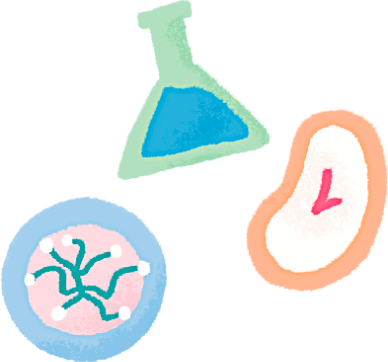Type Of Media:学術論文
Publication/Magazine/Media:Biomaterials
Author:Nan Qiao, Mao Hori, Mitsuru Naito, Heemin Chang, Satomi Ogura, Mika Suzuki, Tsuyoshi Kimura, Shigeto Fukushima, Hyun Jin Kim, Satoshi Uchida and Kanjiro Miyata
Increasing polycation hydrophobicity in mRNA polyplex vaccines enhances the efficacy of humoral and cellular immunity induction
Polycation-based mRNA delivery systems, known as polyplexes, hold significant potential for use in mRNA vaccines and therapeutics. However, their performance has been suboptimal in infectious disease vaccines, which require the induction of both humoral and cellular immunity. Herein, we optimized polycation hydrophobicity to maximize the efficacy of humoral and cellular immunity induction, using biodegradable amphiphilic polyaspartamide derivatives as a platform. The side chains of the polymers contain cationic diethylenetriamine (DET) and hydrophobic 2-cyclohexylethyl (CHE) moieties at varying ratios. Increasing the CHE introduction ratio enhanced immunostimulatory adjuvanticity by activating NLRP3 inflammasome pathway, leading to more efficient activation of cultured dendritic cells. Following subcutaneous injection into mice, polyplexes with higher CHE introduction ratios improved protein expression efficiency in the draining lymph nodes and induced robust germinal center responses. Consequently, antibody responses were enhanced with higher CHE introduction ratios in vaccinations targeting a model antigen and the SARS-CoV-2 spike protein. Furthermore, the vaccination elicited both CD8-positive and CD4-positive T cells in a Th1-skewed manner. In a distribution analysis, protein expression from the delivered mRNA was localized to the injection site and draining lymph nodes, avoiding a safety concern associated with systemic distribution. Collectively, this study demonstrates that the introduction of hydrophobic moieties into polyaspartamide derivatives is an effective and safe strategy to enhance the efficacy of polyplex-based mRNA vaccines targeting infectious diseases.
https://doi.org/10.1016/j.biomaterials.2025.123515

